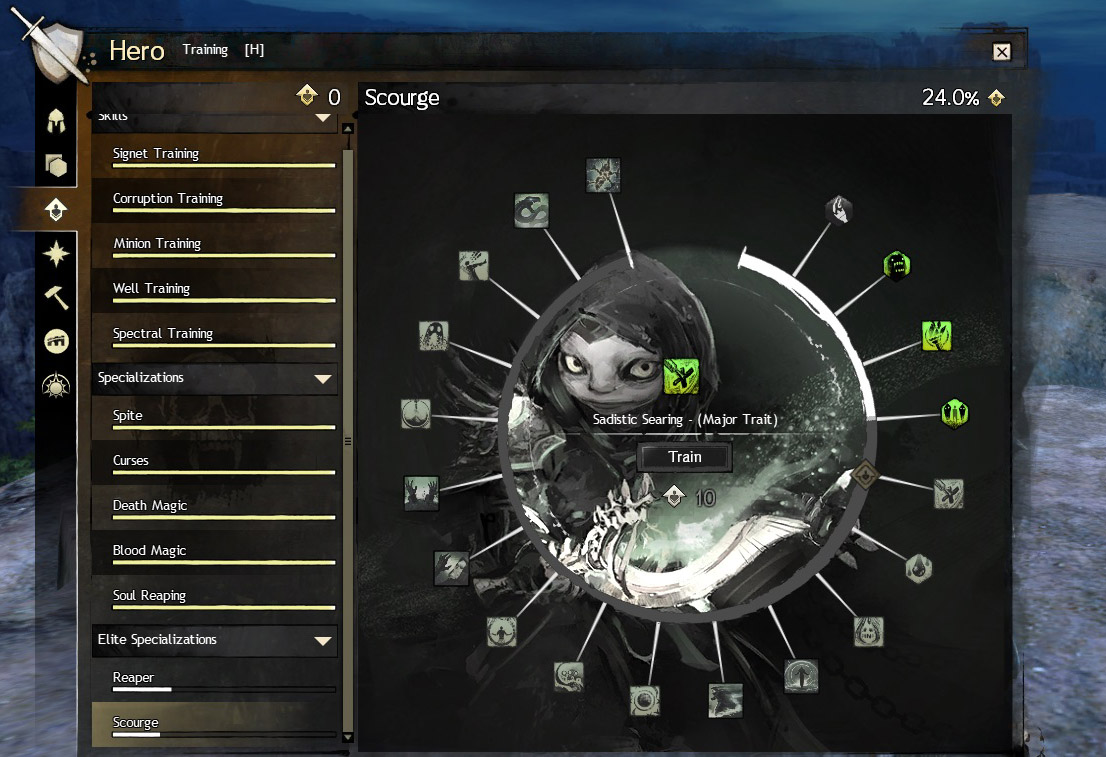Happily, the disappointment of this missed mount co-opportunity is balanced out by the excellent Elite Specializations co-opportunity. In general, the new Elite Specializations excel by granting each profession another option of how to play, sometimes drastically different from all the options prior to the expansion’s release. For example, the new Thief Deadeye gives thieves access to the Rifle and, by extension, strong single-target damage at long range. While single-target damage doesn’t inherently scream “co-op play,” it enhances the Thief profession’s arsenal of roles it can fulfil for a group. Some of the new Elite Specializations (such as the Necromancer Scourge and Guardian Firebrand) specifically offer new ways to support a group of players, which I’m extremely pleased about, especially since the Necromancer previously lacked a strong group support build.

In summary, Path of Fire’s co-opportunity capability has its peaks, plateaus, and valleys. The cooperative mission play stays constant in relation to the core game and Heart of Thorns, the Mounts feel like a missed co-opportunity, and the new Elite Specializations continue their trend of expanding the game’s co-opportunities. Overall, despite the fact that I may personally like Path of Fire more than Heart of Thorns, I give the co-opportunity edge to Heart of Thorns. If you already have Heart of Thorns, however, Path of Fire is well worth picking up to play with friends. There's a ton of quality content in this expansion that is certain to keep you busy for a while. For some more impressions of the general gameplay, you can check out my impressions of the Path of Fire Preview Weekend.